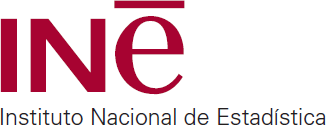Main results
- 9.2% of adults who lived in households with a bad or very bad financial situation when they were adolescents, had high incomes in 2023.
- 53.1% of adults who had a good or very good economic situation in adolescence had higher education in 2023, compared to 23.3% of those who had a bad or very bad economic situation.
- 36.2% of adults whose parents had a level of education of lower secondary education or less, had higher education in 2023.

